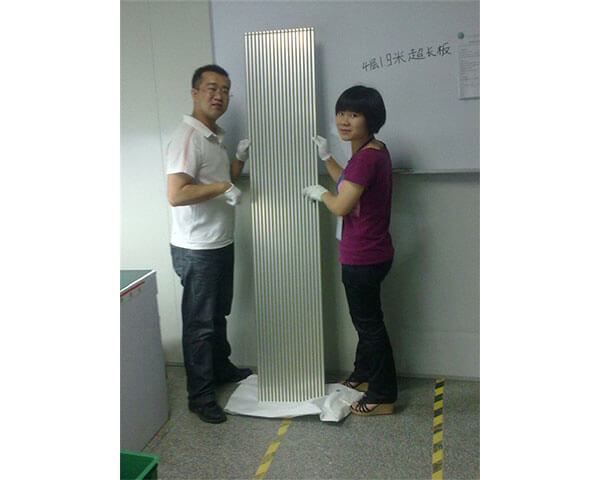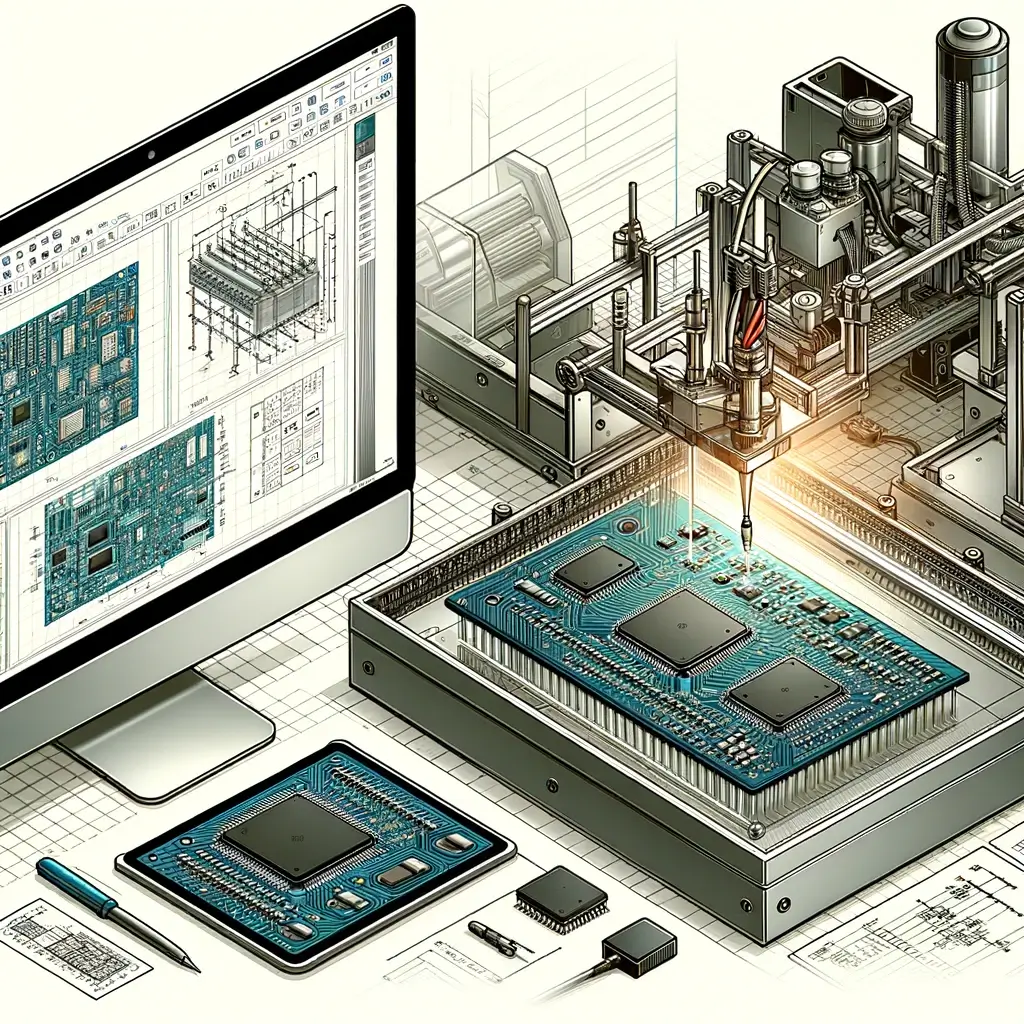Printed circuit board assembly (PCB assembly, PCBA), often use abbreviations—— PCBA, is an important electronic parts, is the support of electronic components,the provider of the electronic circuit connection.Because it is produced by using electronic printing technology, it is called “printed” circuit board.Before appears in the printed circuit board, electronic components of interconnection between relied on wires connected directly and form a complete circuit.
Now, the circuit bread board only to exist as an effective experiment tool,but the printed circuit board in the electronics industry has become the dominant position. But most people still don’t know what is PCBA appearance inspection instructions?
PCBA appearance inspection instructions
1,The lack of components: In the corresponding position, no solder components in accordance with the requirements.
2,dry soldering: component not tin or the tin is less than three-quarters of the solder joint area (SMT components for the solder area is less than the width of 1/2 of component).
3,continuous tin electrodeposit: due to abnormal operation, connect of two point which are disconnected on the electrical with tin.
4,Error components: the components which is soldered on board is not match with the BOM.
5,Pseudo Soldering: Component’s pin is not solder well, can not guarantee effective welding (including fake welding).
6,Cold welding: welding surface is gray, no wetting well.
7,Reverse: The polarity of the component after mounting is opposite to that specified in the document.
8,Build monument: One end of the components tilt away from the pad to form a monument.
9,Positive and negative solder wrong:The front of the assembly (silkscreen side) faces down but the soldering is normal.
10,Open circuit: Component’s pins are disconnected or the PCBA board line is disconnected.
11,Tipped: Line copper foil or pad detached from PCBA board and raised beyond specification.
12,Excess components: The file indicates the location of a component without the presence of components on the PCBA board.
13,Tin cracking: usually after the solder joint is subjected to external force, the solder joint and the component lead are separated, which has an impact on the welding effect.



